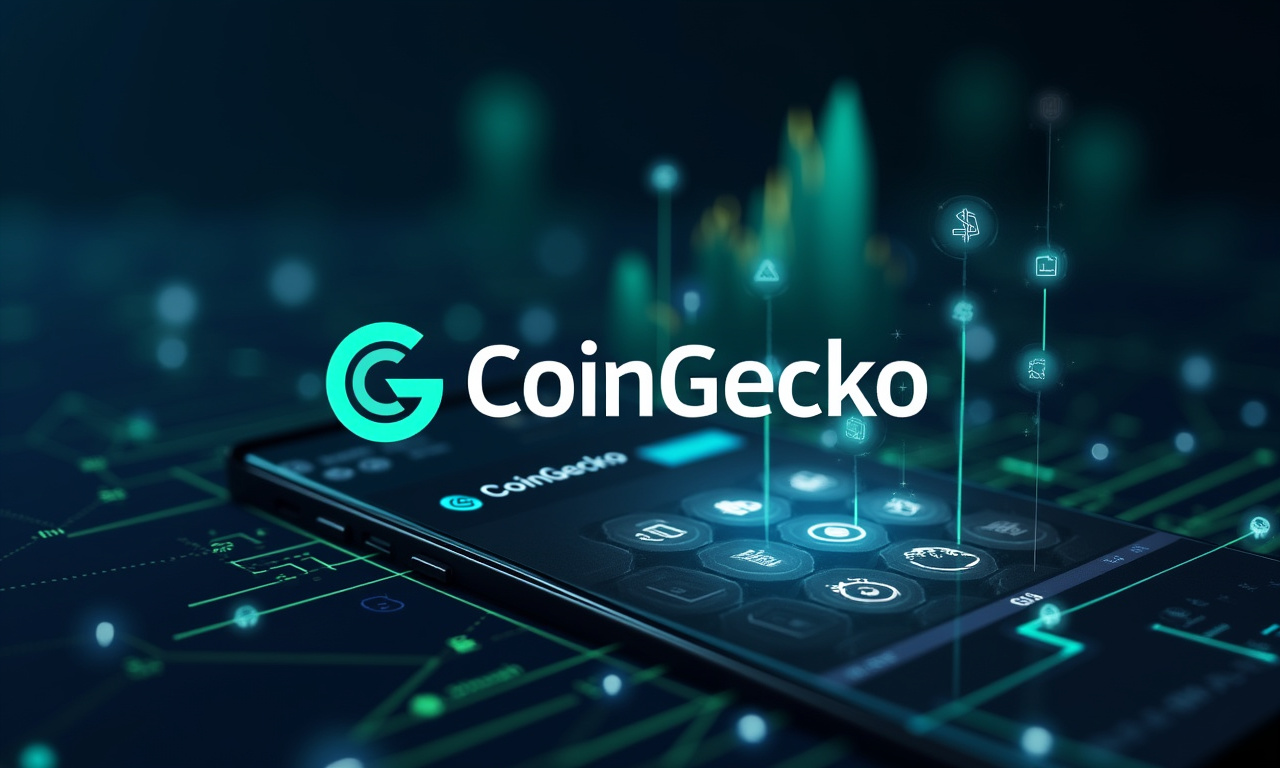The NFT lending market is undeniably in an exciting and increasingly transformative period. These projections have them poised to grow, innovate, and dominate by 2025! NFT adoption is reaching new heights, decentralized finance (DeFi) infrastructure continues to proliferate and mature. As more institutional players get involved, the market is likely to reach new highs in transaction volume as well as technological innovation. Cross-chain collateralization and advanced risk assessment tools will drive NFT lending platforms into uncharted territories. Moreover, improved security will be at the center of determining their future. Written by industry experts, this intensive two-day course demystifies the hidden trends, market drivers, and competitive forces—all impacting this fast-paced developing industry.
Market Growth and Projections
The NFT collateral based lending market is exploding! What’s driving this unprecedented explosion in activity is the increased adoption of NFTs into industries such as arts, gaming and collectibles. Globally, the NFT lending market is expected to balloon by 2025. Experts expect that it will hold above a transaction volume of $2.5 billion, a central leap from the approximately $900 million level expected in 2023. This tremendous growth underscores the skyrocketing demand for liquidity within the NFT ecosystem. It further demonstrates that a greater number of people consider NFTs to be worthwhile collateral now.
By 2025, that market is projected to be nearly $450 million. This huge leap indicates the massive demand for NFT-backed loans, as well as the growing number of platforms offering this service. The overall NFT market is expected to make incredible advancements, especially with a compound annual growth rate (CAGR) of more than 30% through the end of this decade. Within this expansion, NFT lending platforms are quickly becoming one of the most dynamic subsegments.
Regional Dynamics
North America, particularly the United States, dominates the NFT lending market. This preeminence is due to a well-developed blockchain infrastructure, NFT trading volume, as well as home to the leaders of the field, including the above platforms NFTfi and Arcade. This has created a strong double-pronged advantage for the region in a deep regulatory environment and a base of crypto-smart investors.
Asia-Pacific is quickly becoming the most important growth engine. In 2024, it will account for more than 30% of global NFT transaction volume, and this shift is poised to gain even more momentum in 2025. The entire region is moving quickly to adopt blockchain technology. This growing interest for digital assets is driving the need for NFT lending services. Most significantly, China, South Korea, and Japan are all witnessing a boomlet in NFT-related controversy and activity. This increase is fueling overall positive market growth.
Technological Advancements
Cross-Chain Collateralization
Of the many trends we’re watching in the NFT lending space, perhaps the most exciting is the prospect of cross-chain collateralization emerging by 2025. This new feature will enable users to use NFTs across different blockchains. This materially increases the utility and accessibility of NFT lending platforms. Cross-chain functionality enables borrowers to leverage their NFT assets across multiple ecosystems such as Ethereum, Binance Smart Chain and Solana. This consolidation allows them to borrow against larger, more efficient pools of loans, maximizing their capital efficiency.
To implement cross-chain collateralization, sophisticated interoperability solutions and secure bridging technologies would need to be developed. There are benefits, and platforms are continuing to experiment with this technology. They are exploring atomic swaps, wrapped tokens and cross-chain messaging protocols to facilitate seamless and secure transactions between different blockchain networks.
AI-Powered Risk Assessment
NFT lending platforms are beginning to adopt more sophisticated predictive risk assessment tools using AI and on-chain analytics. These tools provide clear insights into the value and risk profile of NFTs being considered as collateral. Their reports provide lenders with more precise and consistent appraisals. AI algorithms analyze past sales data, rarity scores, metadata qualities and social media sentiment. They combine all these variables to recreate the true fair market value of NFTs.
By harnessing AI-powered valuation models, these platforms can minimize the chances of over-collateralization while offering borrowers better loan terms. On-chain analytics provide further details about the trading activity and liquidity of NFT collections. Having access to this data enables lenders to assess the risk of future price fluctuations and alter loan terms to mitigate that risk.
Security Measures
Security remains a paramount concern in the NFT lending market, given the high value of digital assets involved and the potential for smart contract vulnerabilities. It’s true that platforms have built extensive security features to defend against hacks, exploits, and other malevolent attacks. Routine smart contract audits are essential for identifying and remediating potential security vulnerabilities. Well-known companies such as CertiK are leaders in the world of crypto auditing.
Multi-signature wallets are commonly used to protect assets. Yet they need to obtain multiple approvals per transaction, dramatically lowering the chances of unauthorized access. Further, platforms are introducing insurance protocols and bug bounty programs to better protect users. As evidenced by CertiK’s audit reports, it’s becoming increasingly clear how vital these security measures are. They are foundational to the integrity and trustworthiness of NFT lending platforms.
Competitive Landscape
NFT lending platforms are developing at breakneck speed with hyper-innovation. More institutions are joining in, and the field of specialized technical service providers keeps expanding. Even stalwarts of the platform economy—NFTfi, for example—are enlarging their gambits. To stay competitive, they are continuously adding new features to woo new users and keep their competition at bay. As of late 2024, NFTfi had already crossed a truly impressive loan volume of over $500 million. This significant achievement serves to underscore its broad and robust presence in the market.
New challengers such as NFTLendX and X2Y2 are upending the competition. Besides providing innovative lending and borrowing models, they provide support for more diverse types of NFT collections. These platforms are focusing on user experience, competitive interest rates, and flexible loan terms to differentiate themselves in the crowded market.
The market landscape is further divided into two primary lending models: peer-to-peer (P2P) and pool-based lending. Peer-to-peer lending is an online service that connects individual lenders with borrowers, allowing them to negotiate loan terms without an intermediary. Instead, pool-based lending merges resources from many different funders into a single, shared pool, which qualifies borrowers for much larger loan amounts. Both designs are good and bad, serving opposite ends of the market.
Factors Driving Market Growth
Here are three important factors that are fueling the rapid expansion of the NFT lending market. The first is that wider acceptance of NFTs by artists, musicians, gamers, and creators more broadly is developing a big growing field of borrowers and lenders. Since more people and enterprises continue to adopt NFTs, the demand for NFT-backed loans will increase significantly over time.
The DeFi infrastructure is still maturing quickly. NFT borrowing and lending now provides the protocols and tools necessary to build strong, scalable NFT lending platforms. Decentralized exchanges (DEXs), lending protocols, and stablecoins are changing the NFT lending landscape. They’re improving its efficiency and accessibility to create a world-class transit experience for all residents and visitors.
Third, the arrival of these institutional players is bringing a lot of capital and know-how to the field. Now, institutional investors, hedge funds, and venture capital firms are waking up to the promise of NFT lending. They’re making forward-thinking bets on what can and should be built in this radical new ecosystem. This timely influx of capital is inciting innovation and driving them to adopt best practices for risk management and compliance.




